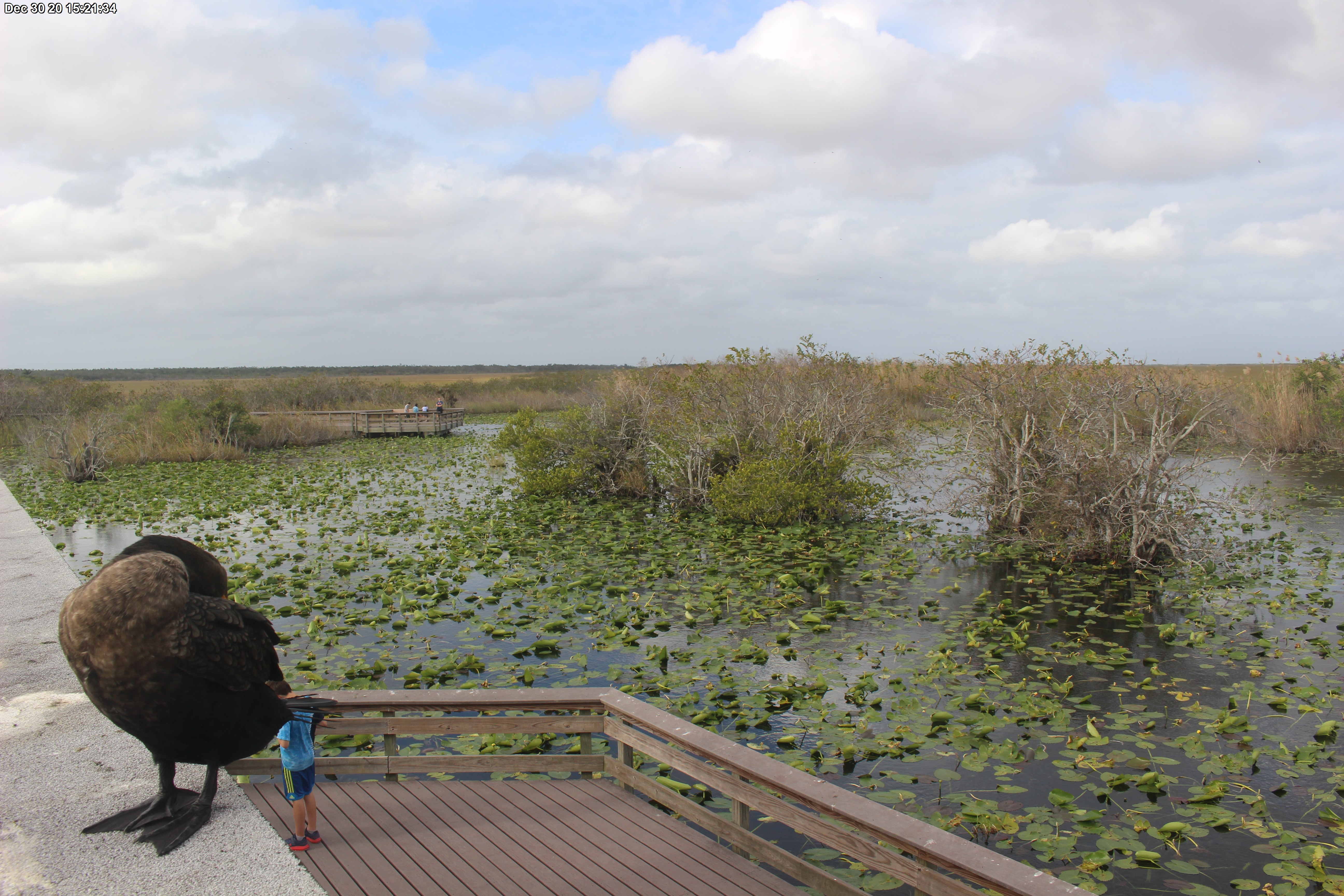
Everglades live streaming web cameras
The Everglades National Park, located in South Florida, stands as a testament to the state’s diverse and unique ecosystem. Spanning over 1.5 million acres of wetlands, mangroves, and sawgrass prairies, the Everglades is not only the largest tropical wilderness in the United States but also a UNESCO World Heritage Site and an International Biosphere Reserve. Let’s delve into the attractions and experiences that make the Everglades a must-visit destination for nature enthusiasts and adventure seekers alike.
Wildlife Encounters
One of the most captivating aspects of the Everglades is its rich biodiversity, home to a plethora of plant and animal species, many of which are rare and endangered. Visitors can embark on airboat tours or guided hikes to observe iconic wildlife such as the American alligator, the Florida panther, and the West Indian manatee in their natural habitats.
Birdwatchers flock to the Everglades to spot over 360 species of birds, including the elusive roseate spoonbill, the majestic bald eagle, and the vibrant painted bunting. With its vast expanse of marshes, swamps, and hardwood hammocks, the Everglades provides endless opportunities for wildlife enthusiasts to observe and photograph native species.
Scenic Landscapes
The Everglades is renowned for its breathtaking landscapes, characterized by shimmering waters, towering cypress trees, and endless expanses of sawgrass stretching to the horizon. Visitors can explore the park’s diverse ecosystems via hiking trails, boardwalks, and scenic drives, immersing themselves in the beauty and tranquility of this unique wilderness.
The Shark Valley Observation Tower offers panoramic views of the Everglades’ iconic “River of Grass,” while the Anhinga Trail provides up-close encounters with abundant wildlife along its picturesque boardwalk. Whether you’re canoeing through mangrove tunnels, biking along scenic trails, or simply enjoying a leisurely stroll, the Everglades offers endless opportunities to connect with nature and experience its awe-inspiring beauty.
Cultural Heritage
In addition to its natural wonders, the Everglades is steeped in rich cultural heritage, with a history that spans thousands of years. Visitors can learn about the indigenous peoples who have called the Everglades home for millennia, including the Miccosukee and Seminole tribes, whose traditions and way of life are still celebrated and preserved today.
The Ernest F. Coe Visitor Center and the Gulf Coast Visitor Center offer educational exhibits and interactive displays that showcase the park’s cultural and natural history, providing visitors with insight into the Everglades’ significance as a vital ecosystem and a symbol of Florida’s heritage.
Conservation Efforts
As one of the most ecologically diverse and fragile ecosystems in the world, the Everglades faces numerous threats, including habitat loss, invasive species, and water pollution. Efforts to conserve and restore the Everglades are ongoing, with initiatives aimed at restoring natural water flow, controlling invasive species, and preserving critical habitats for endangered species.
Visitors can support conservation efforts by practicing Leave No Trace principles, volunteering for habitat restoration projects, and supporting organizations dedicated to protecting the Everglades’ unique ecosystem for future generations to enjoy.
The Everglades National Park stands as a testament to the beauty, diversity, and resilience of Florida’s natural landscape. Whether you’re exploring its scenic landscapes, encountering its abundant wildlife, or learning about its rich cultural heritage, the Everglades offers a truly unforgettable experience that inspires awe and appreciation for the wonders of the natural world. So pack your binoculars, lace up your hiking boots, and prepare to embark on an adventure into the heart of one of America’s greatest treasures – the majestic Everglades.